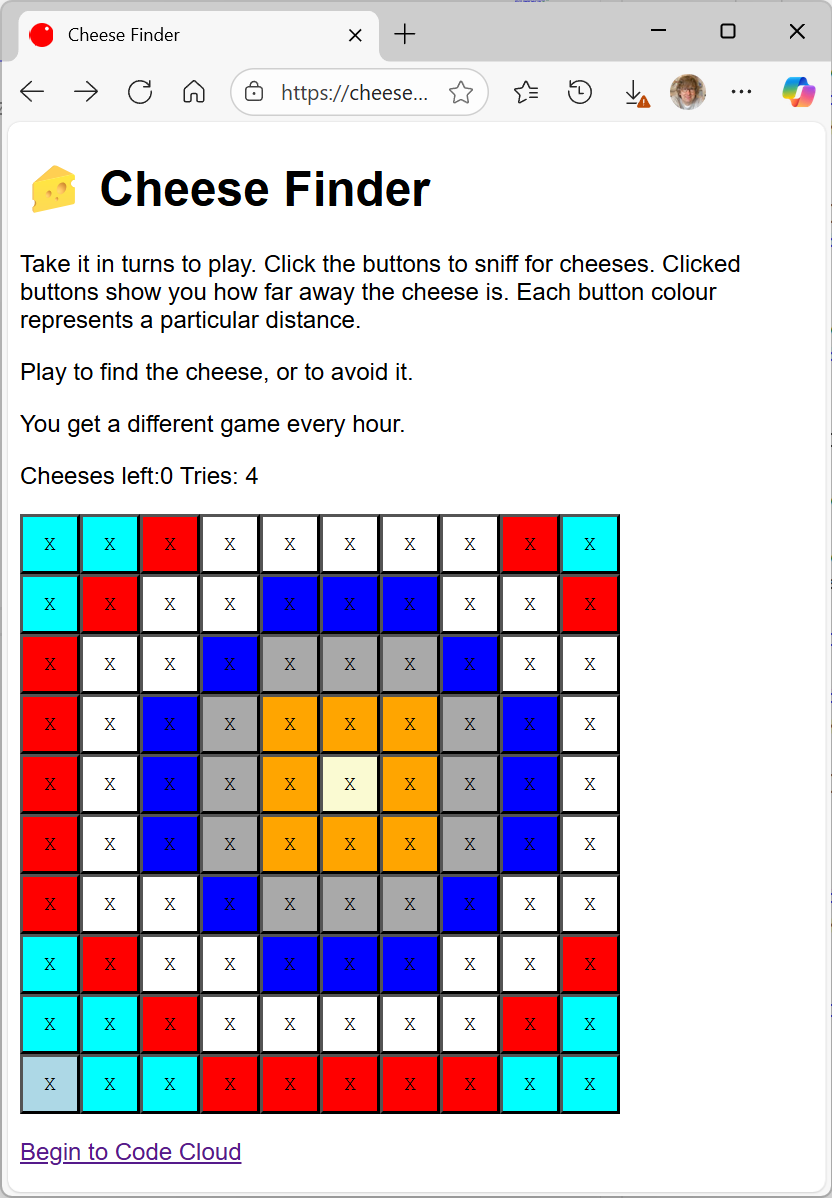Home to a Bluetooth Printer
/We spent the night in Whitby at the Dolphin Hotel. We had a lovely large room which overlooks the bridge right in the centre of the town. I took the photo from the room first thing in the morning, just before we headed down for a really nice (and huge) breakfast. If you are looking for somewhere to stay, I strongly recommend the place.
Then we headed home and I found some time to finish off the hardware for the Bluetooth printer I've been working on. Note how it is a Bluetooth device, and I've put it in a bright yellow enclosure. And why not....
When I designed the box it seemed like a good idea to put the switch in the bottom. Of course it is actually a bit silly, as whenever you put the box down you turn it on or off. Fortunately I have some bit stick-on feet that help with this, but I'm going to have to refine the design anyway as I don't seem to have left much room to allow the actual construction of the device.....
This is the guts of the printer, just a bunch of batteries and a trusty Bluetooth adapter. I'll post full details of construction and the software later this week.














